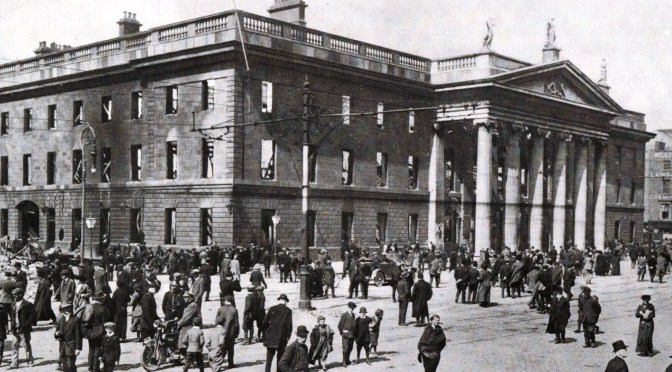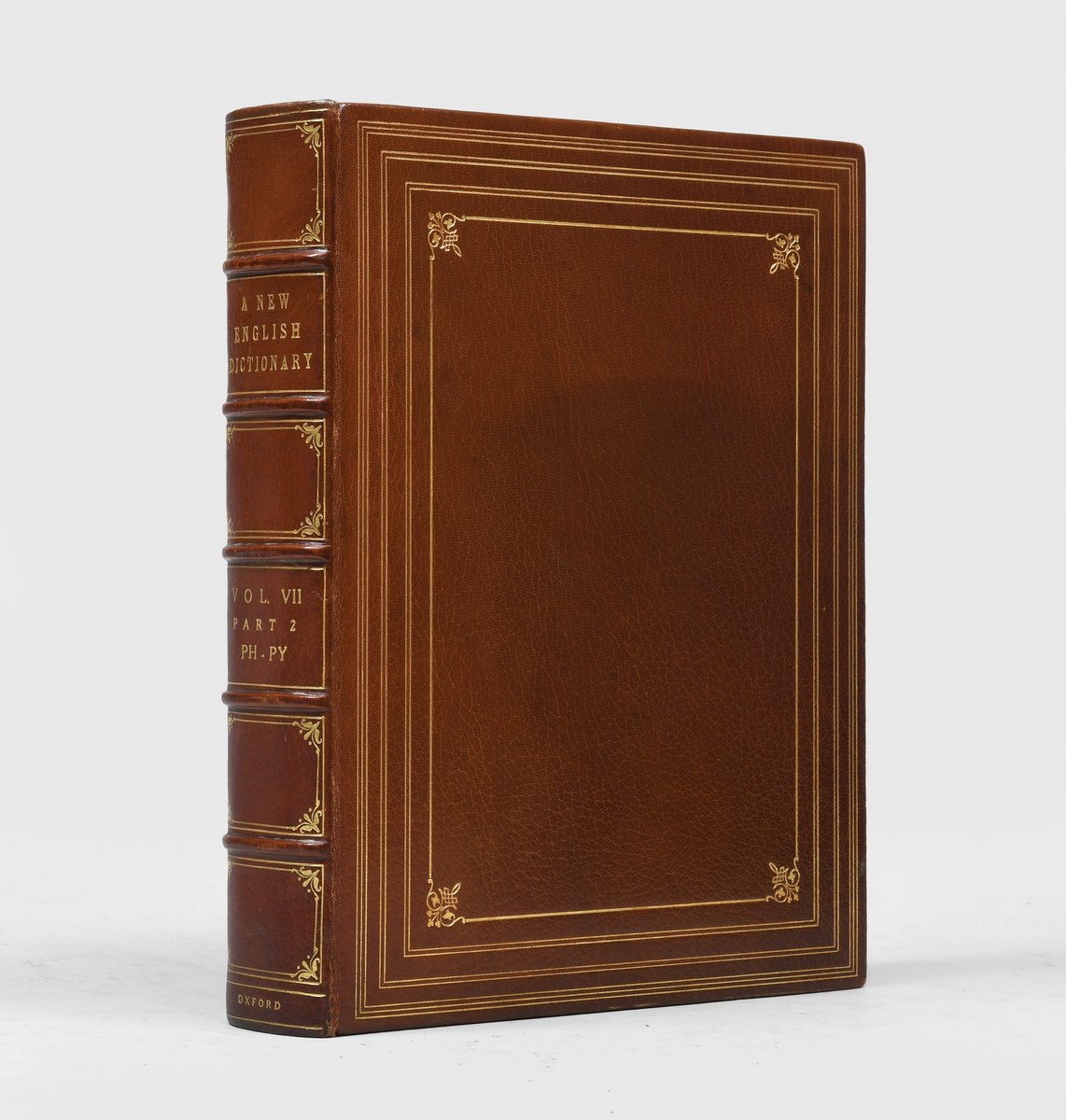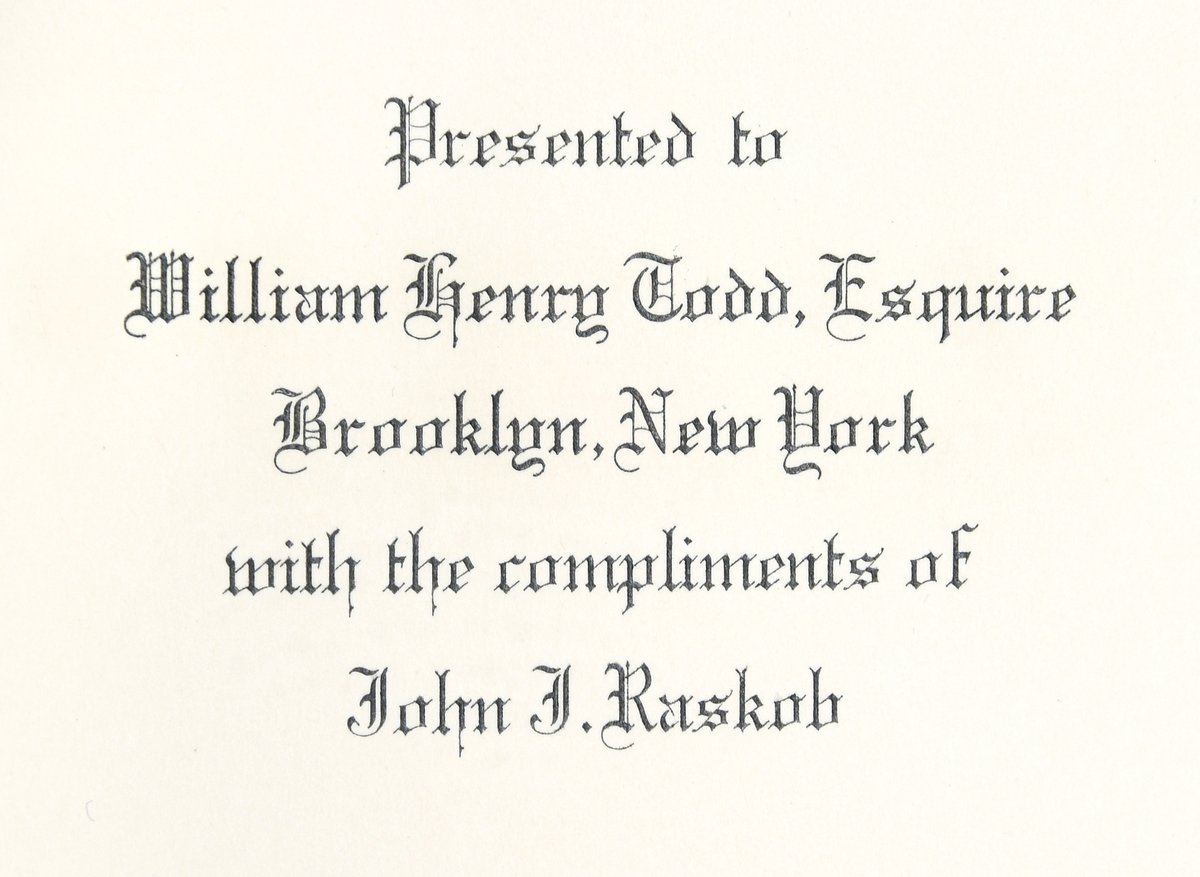
"Communication Measures to Bridge Ten Millennia" - a 1984 report by the semiotician Thomas Sebeok for the US Human Interference Task Force on the problem of marking radioactive waste sites, some of which will be dangerous for more than 100 000 years. 1/8
static1.squarespace.com/static/5668df8…

static1.squarespace.com/static/5668df8…


After an introduction to semiotics and other digressions, Sebeok comes to his proposed solution: what he calls "Folkloric Relay" & the "Atomic Priesthood". The first involves the use of artificially created myth - perhaps something along the lines of "this ground is cursed". 2/8
The theory is that this type of 'folklore' is transmitted over longer temporal distance than scientific facts. The real facts though would be entrusted to a commission made up of eminent physicists, engineers, psychologists & semioticians - the so-called "Atomic Priesthood". 3/8
Their job would be to perpetuate the myths of the folkloric relay amongst the populace at large, AND to transmit the real scientific facts on to to future generations of the elite "Priesthood".
The parallels with organised religion are clear, and undoubtedly deliberate. 4/8
The parallels with organised religion are clear, and undoubtedly deliberate. 4/8
In short: the best, possibly the ONLY mechanism to transmit critical messages and information over deep time, may be religious belief. 5/8
Sebeok's proposal suggests that humanity has come full circle - the oldest graphic communication, like this Aboriginal churinga, represent sacred totems; the most modern - sending messages through deep time into the far future - may depend on the same sense of the numinous. 7/8 

A powerful case can be made that the Dreaming - the Australian Aboriginal religio-cultural worldview, which may date back 50 000 years or more - is the most effective way of transmitting information across deep time yet devised anywhere by mankind. 8/8 

• • •
Missing some Tweet in this thread? You can try to
force a refresh























